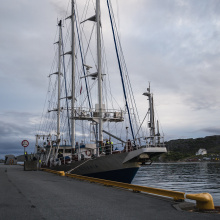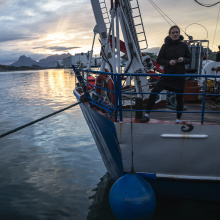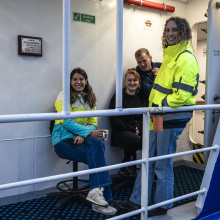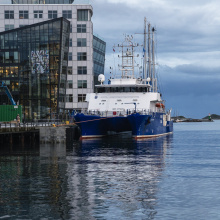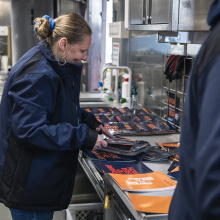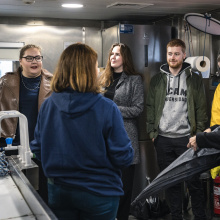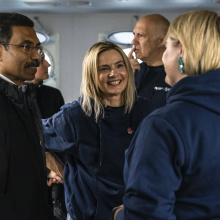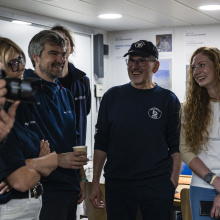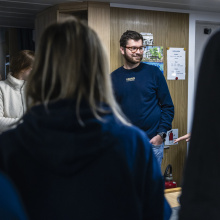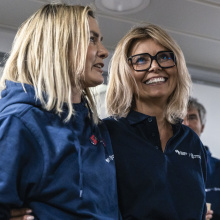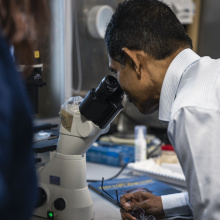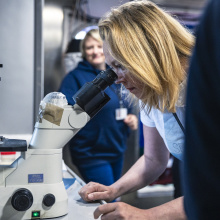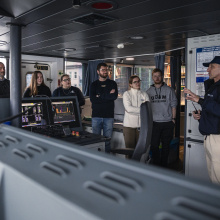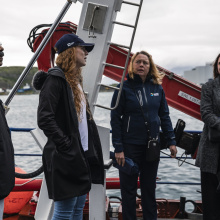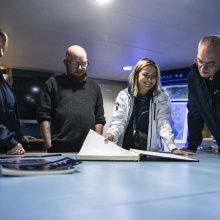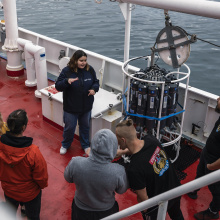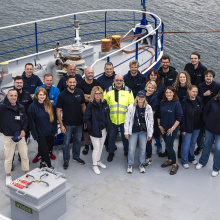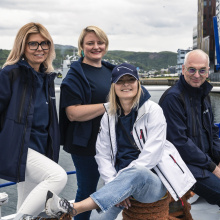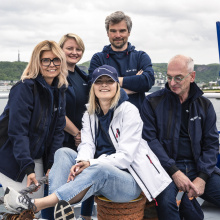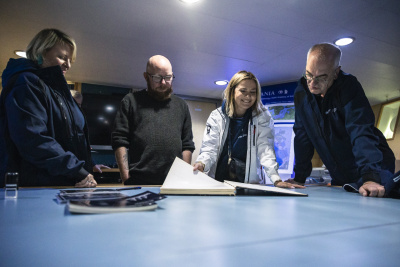
Over 90 % of planned research completed, hundreds of nautical miles of scientific collaboration, and a new dimension of SEA-EU alliance collaboration - the r/v Oceanograf and r/v Oceania arrived in Bodø on June 19, completing the first part of the BaltArctic Research Cruise.
- R/v Oceanograf and r/v Oceania sailing into the Bodø Harbour - this moment right here, right now is a result of a year of intensive preparation and broad cooperation between not only SEA-EU univeristies but also Institute of Oceanology PAN - says Vice-rector for International Cooperation dr hab. Anna Jurkowska-Zeidler, prof. UG. - With every long distance cruise we want to break new ground and there is no doubt that with this project we've redefined what is possible in the bounds of European Universities alliance. I'm very happy to announce the first part of the BatlArctic Research Cruise is a success!
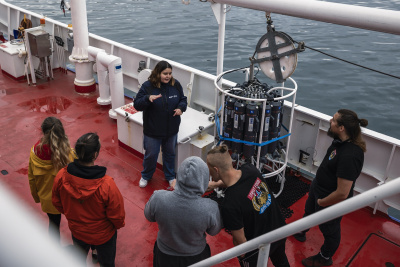
From Gdańsk to Bodø, the scientific team on board the r/v Oceanograf conducted sampling activities as part of three main research tasks. All of them are to answer the question: where does the Baltic Sea really ends?
- We managed to complete almost all research activities, except for one station where the weather didn’t allow us to perform planned tasks. In the Skagerrak Strait, the weather was really bad - 8 in the Beaufort scale; because of the high wave, we decided to give up on that station - said scientific director of the cruise, dr hab. Agata Weydmann-Zwolicka, prof. UG. - But if we talk about any other station, we did collect all the samples we had planned for. We ‘ve also dropped in 16 drifters that constantly report their position; thanks to them, we know the sea current circulation in this area. We were able to complete over 90% of the research thanks to great cooperation both within the science team and with the crew - I think that was the key to success.
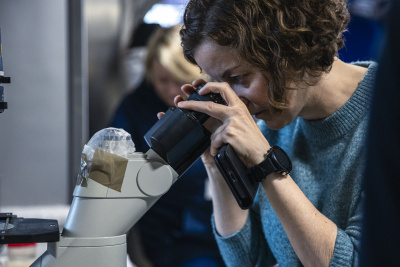
The end of the first part of the voyage also closes with an inspiring logbook by Zygmunt Miłoszewski. The Polish novelist has compiled a series of entertaining but also moving entries that reveal the incredible life on the research ship.
'Before the cruise, I was afraid that r/v Oceanograf would be a sort of ‘science and culture’ ship, and I - as an outsider - would not be accepted. But here, there are people concerned with serious science who don’t want to be interrupted, and still, after three weeks, we end up as a group of friends. They spent their time on research, I - on writing; and time after time, we finished on joined social activities in the mesa,' says Zygmunt Miłoszewski. 'Today, as we sailed into Bodo harbour, it was dinner time. We considered going out, waving and jumping up and down as we swam to shore, but actually - why? We're sitting in our group, it's pleasant, it's 6 p.m., which is the sacred dinner time - and we're supposed to finish the meal. This is how crews are formed. Throughout my sailing career, I have watched with fascination as a group of people who don't know each other get on board and after a few days, bonds are formed - bonds that stay.'
From June 19 to 24, r/v Oceanograf will be anchored in Bodø harbour - during this time, the University of Gdańsk ship will become a centre of knowledge and cooperation.

